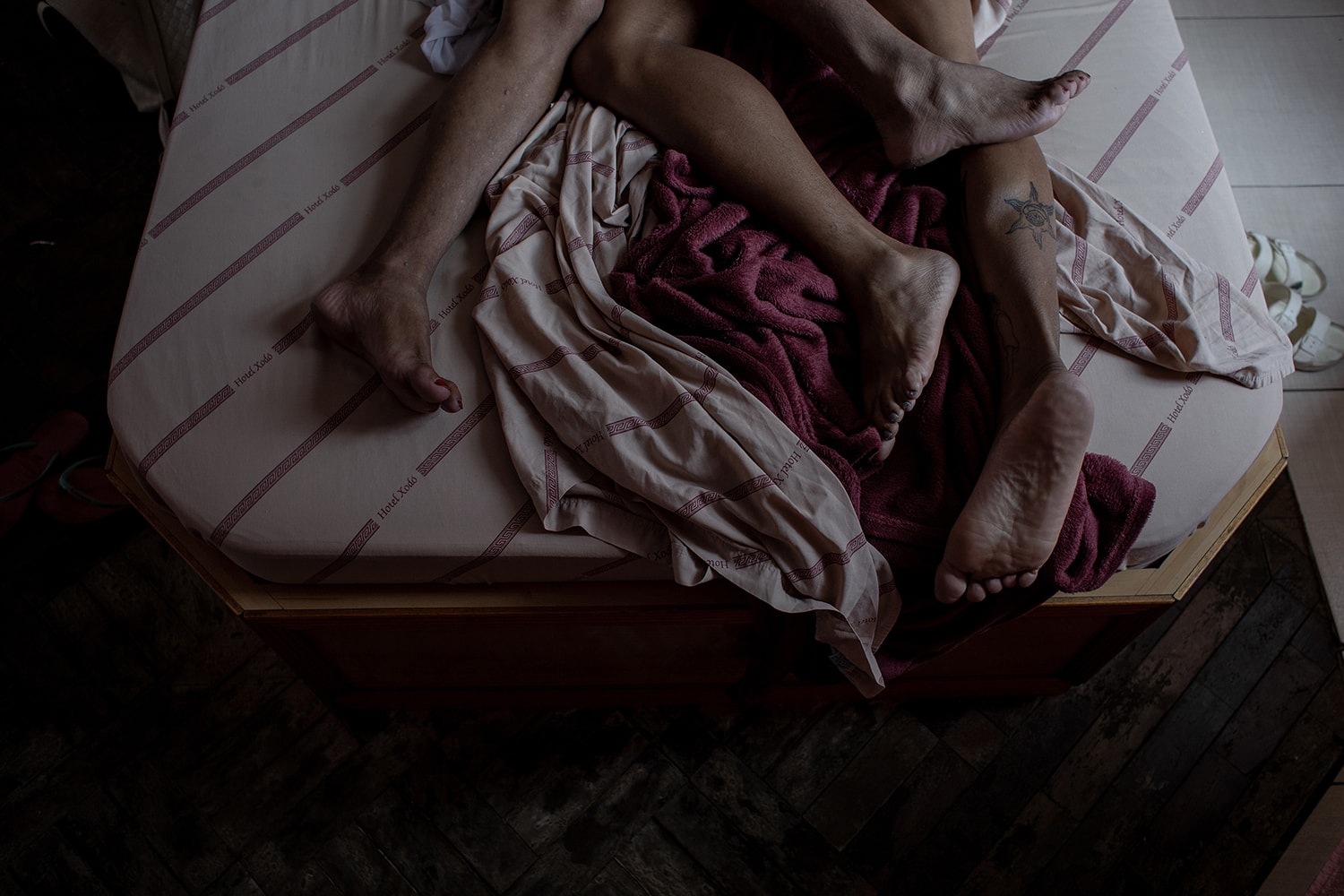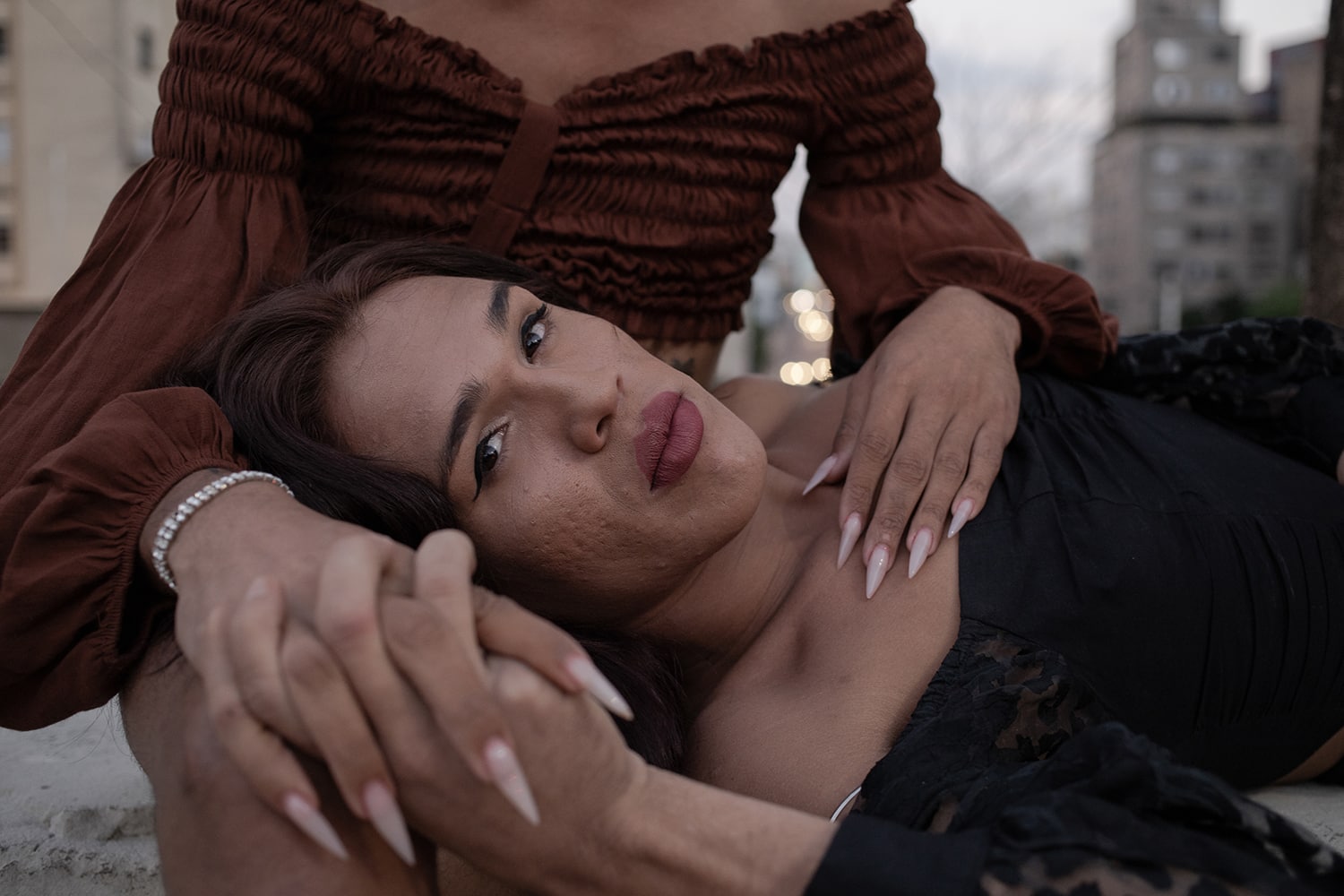
Palomas: stories of trans women survival
At the end of last year, Dan Agostini inaugurated an exhibition of Palomas at a museum in one of São Paulo’s most elitist and right-wing (coxas) neighborhoods. With crowdfunding, the open day, she paid for several uber and took many of the protagonists of her project to see the exhibition. They were trans women, some sex workers, who live and transit in very distant and different parts of the city. That day, trans women filled the museum, making all the difference for Dan. One of the most memorable visits was that of Janaina, one of the women portrayed by Dan, who also worked as her assistant in the project’s first months. Jana was imprisoned unfairly, but she had a special regime where she could go out a few days a year to spend special dates with her family. In December, she had an outing and took advantage of one of the days to visit the museum. That is one of the impacts that Palomas has achieved.
Dan identifies herself as a non-binary person who decided to investigate the relationship between gender identity and social environment. She has worked with trans women in India, Nepal, and Brazil. Dan assumes photography as a means of encountering other people. She says that perhaps that is what she got from her (unfinished) training in psychology. But she also firmly believes that photography is also a political tool that allows her to initiate discussions and support necessary debates in our society
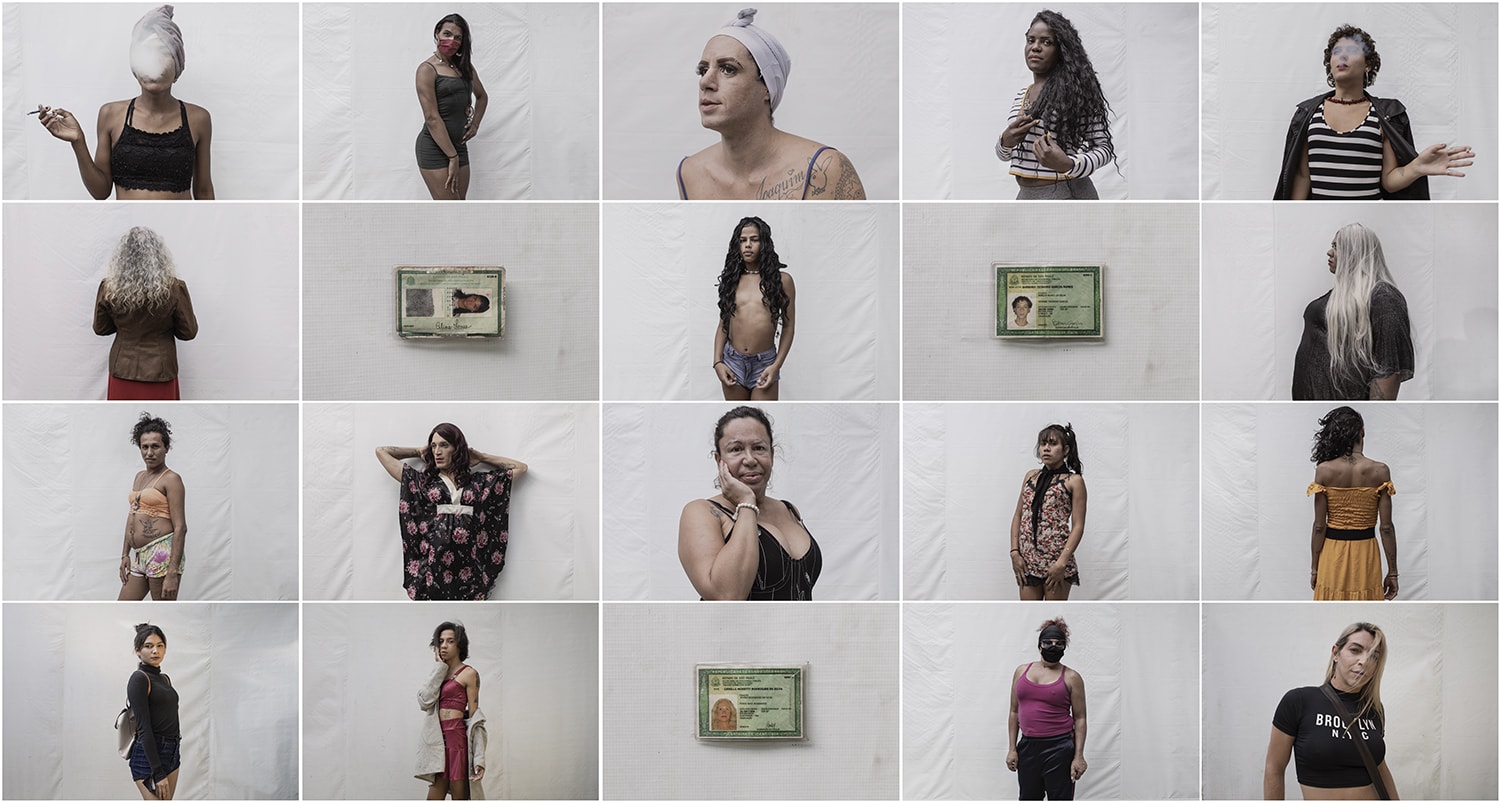
You say that photography is a means to meet other people. In your works, those encounters are with some specific people.
Yes, in 2017 with Gabi Portilho in our Coletivo Doroteia, we started talking about gender. And in those searches, I always leaned toward the LGBTQIA+ community. I identify myself as a non-binary and sapatão lesbian person. That is, that community was already my place. At that time, with Gabi, we did a pretty extensive project about funk made by women. And I was more dedicated to what we called sapatão funk created by and for lesbians.
In 2018 I started working with trans women, coinciding with the moment I assumed myself as a non-binary person. My interest was to use photography to do gender research to understand how the environment in which a person lives interferes with their gender perceptions and how gender happens in a particular environment.
By that time, I had already worked with women in the Middle East and started looking into transsexuality. In 2019 I went to India to look at the relationship between transsexuality and religion. I then went to Nepal, a similar place with some religious similarities to India, yet the situation is very different. In 2020, I was planning to go back, but the pandemic started, so I focused on developing that work here.
With a grant from National Geographic, I started Palomas, a work with pioneer trans women and transvestites. I mean that these women are a little older, and they come from when I was also entering the community and began to circulate in specific spaces, that is, the late 90s and early 2000s.
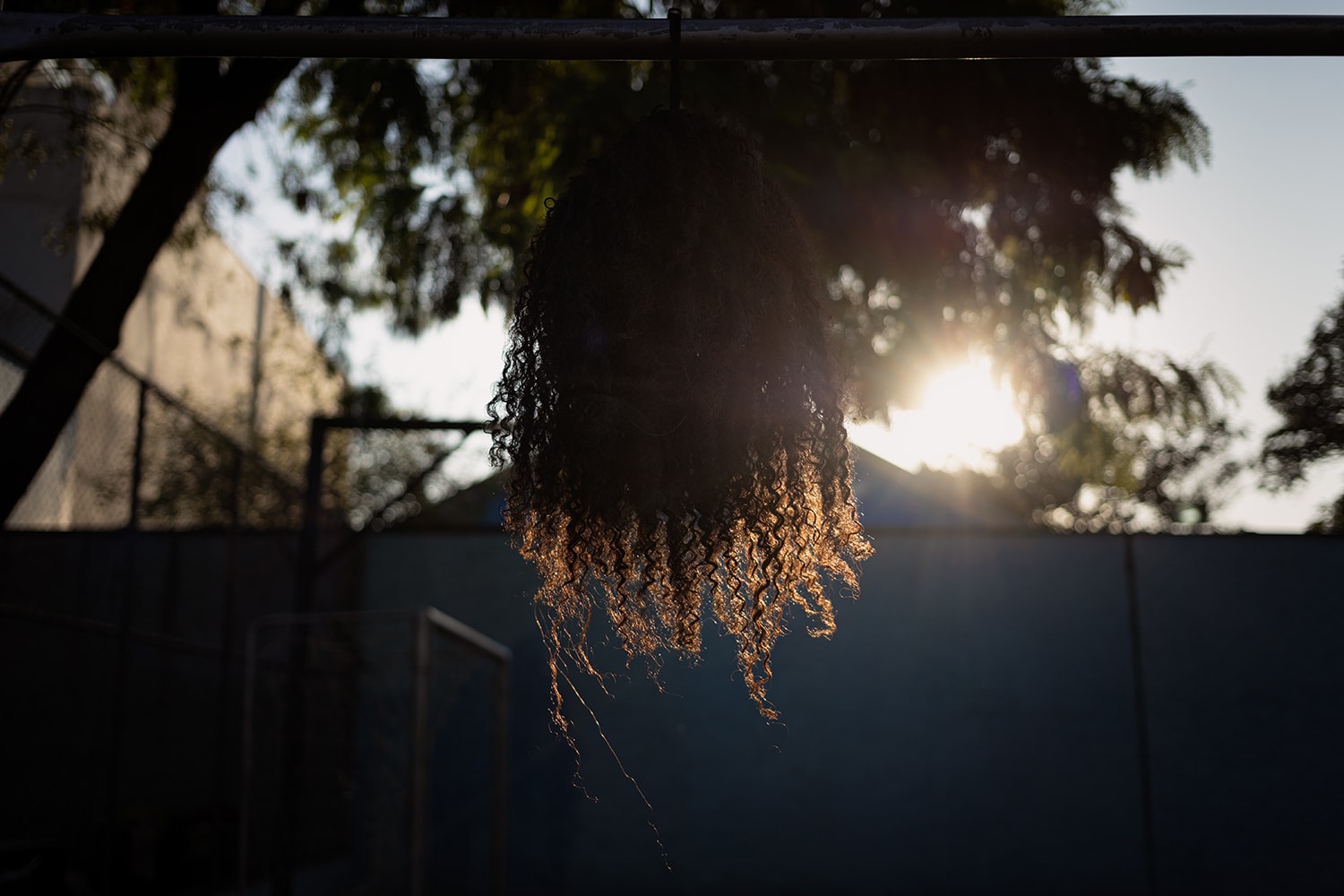
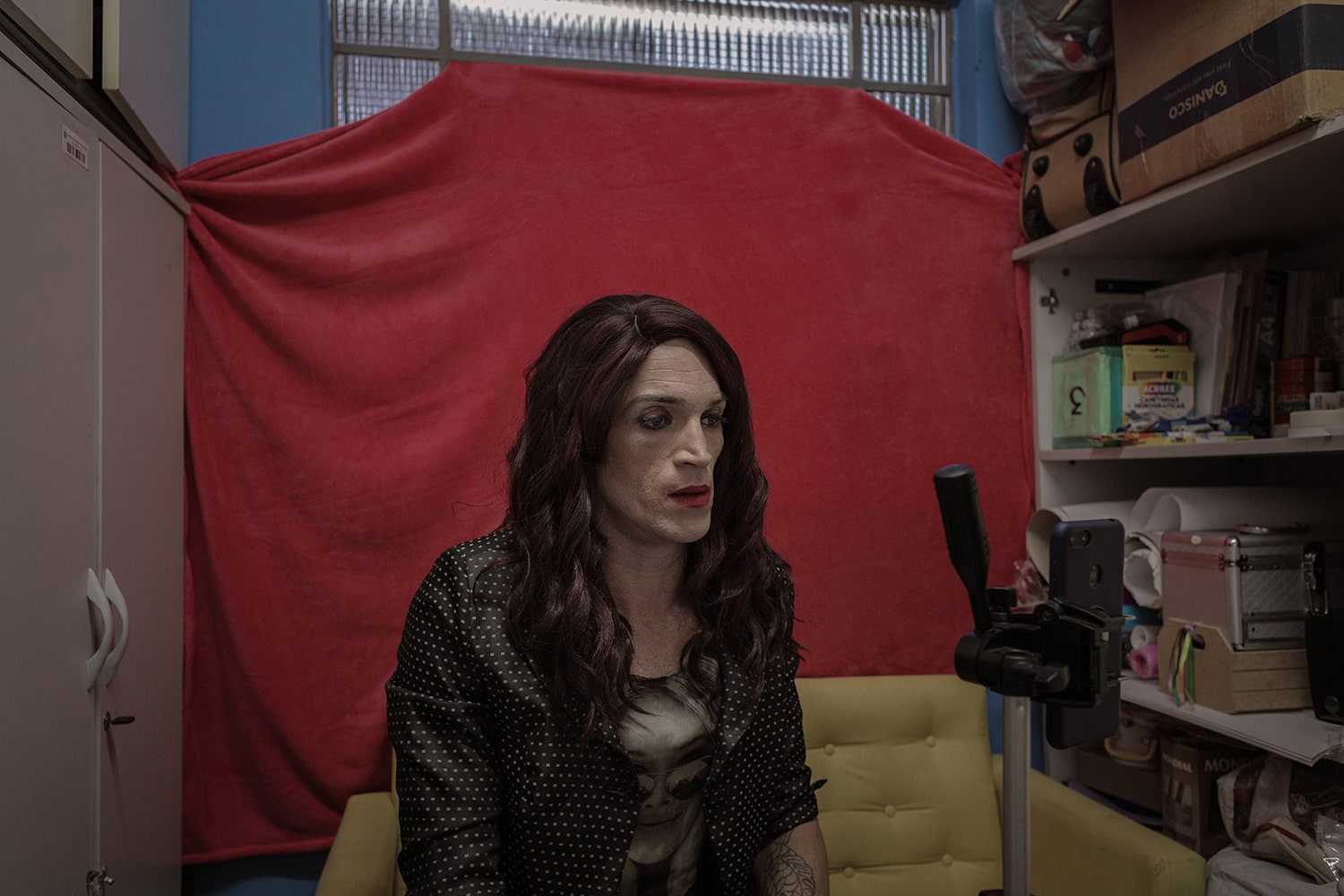
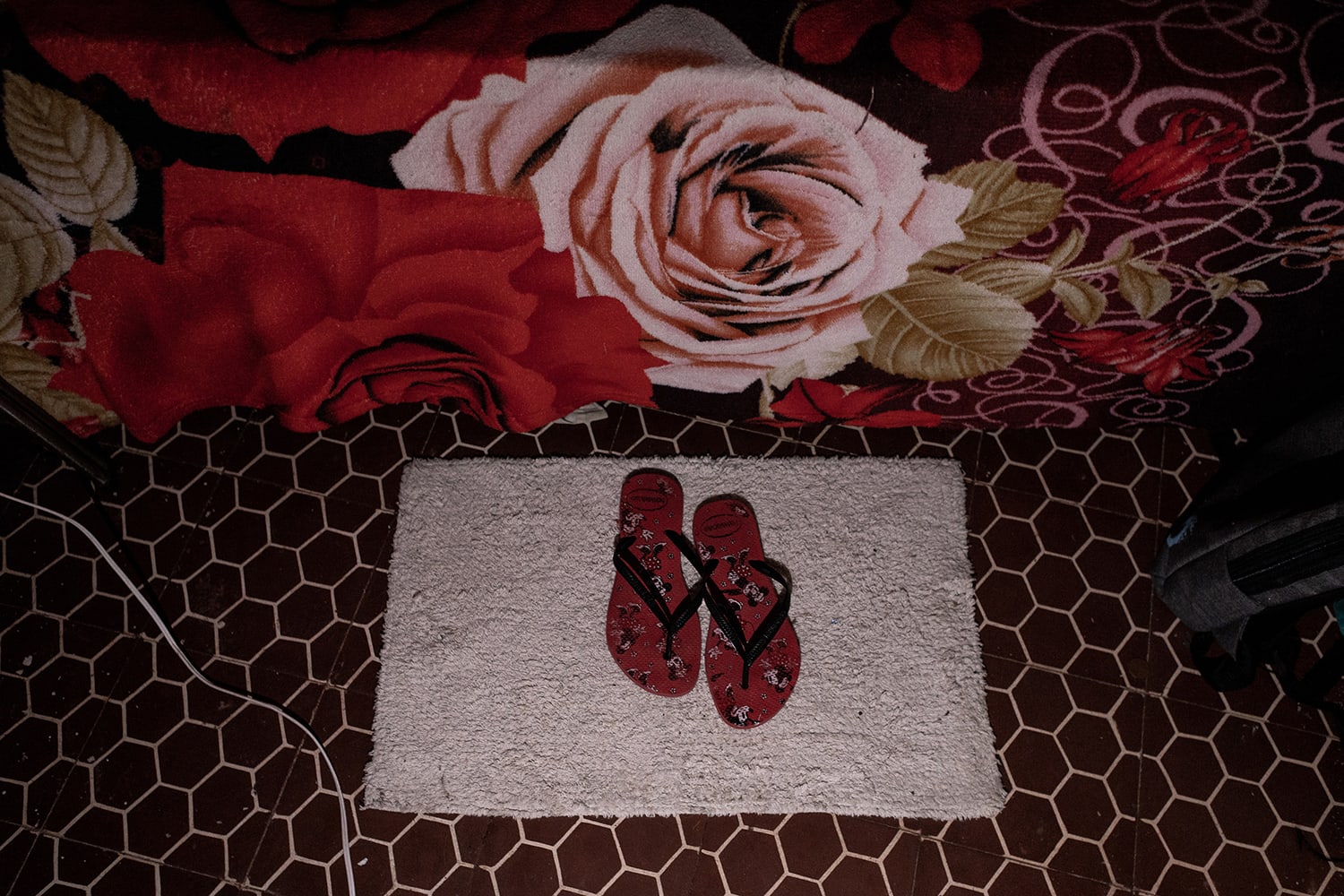
Why in Palomas did you specifically seek to work with women of those ages?
My work asks how gender identities move and change as the environment and possibilities alter. These women are in their 40s, and the discussion about gender they have experienced is very different from now. I am interested in working with younger people, but I could not start directly with them. The discussion is more open. There is a very different mentality that allows a different positioning and empowerment. Even families are more willing to embrace these identities.
The women who are part of Palomas are fundamental because they built everything we have now. We can live it thanks to them and their battle, thanks to their bodies. Although nothing is totally resolved, we are in this process because of them.
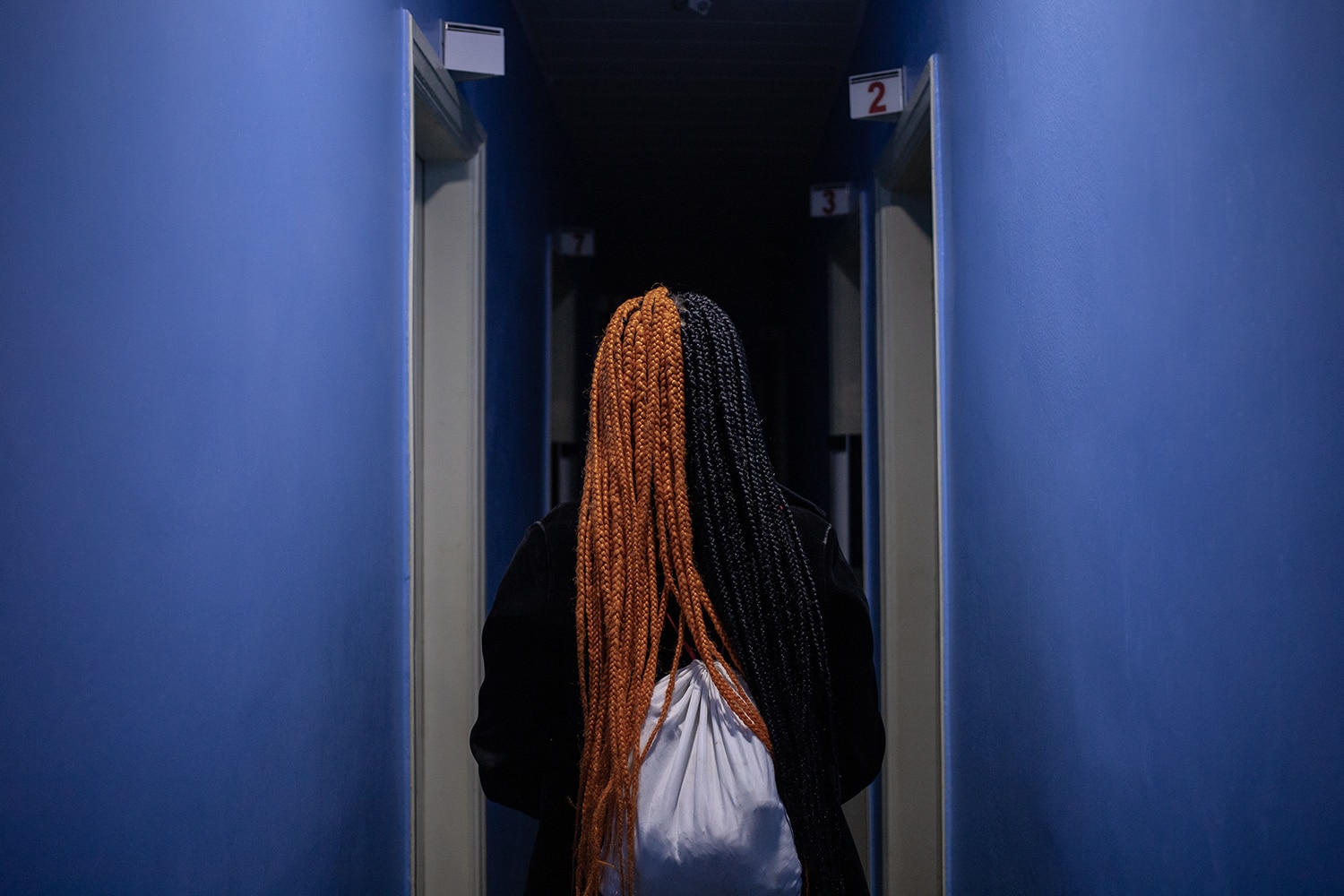
What you say is very important, especially because trans women are victims of multiple violence and their life expectancy is very low compared to the rest of the population.
In Brazil, the life expectancy of trans women is up to 35 years old. It is not common to find older women. In Palomas, there are three women aged 55 to 60 years of age. Camila, for example, is 62 years old, she is the oldest, and her speech is lovely because she is fully aware that she is a survivor. She reached that age because she comes from a rural area and a very open and calm peasant family. Camila assumed herself as a woman in her teens. However, there appears to be the issue of passing; Camila lived in a hacienda and then migrated to a small town where no one knew she was a trans woman. At 59 years, she lived in Sao Paulo and began to understand and go through the difficulties that many trans women have to live through.
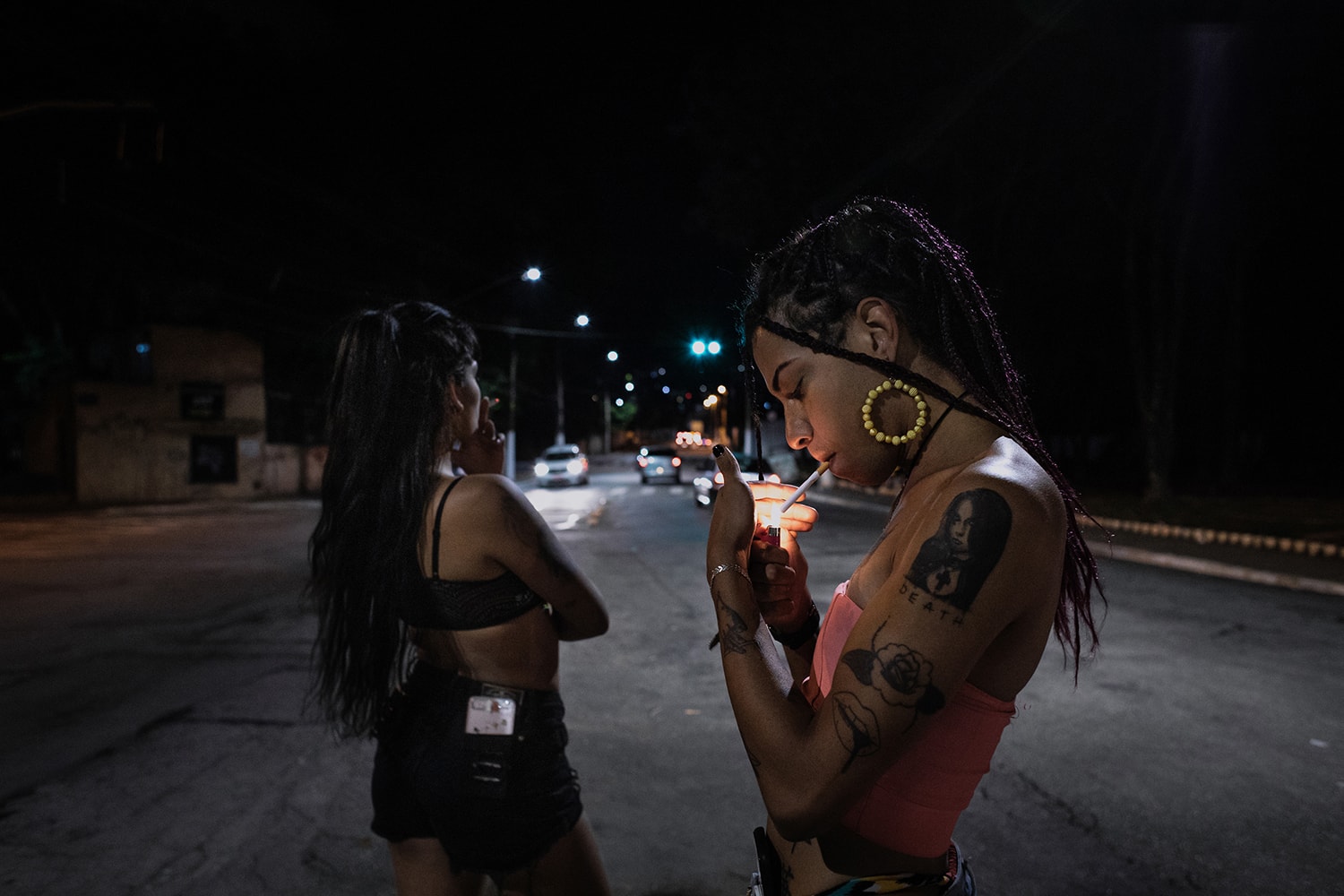
How is the time when you make pictures with them?
The work began in the Florecer house, a shelter for trans women part of a program promoted by the mayor Fernando Haddad. During the first part of the pandemic, I worked there. There was a white awning on the house outside; they had some meals and spent the afternoon there. I noticed that the light on that awning looked lovely, and I started a series of portraits there. Those are the photos they enjoy the most. They prepare themselves and decide how they want to pose and with what. Whenever I start working with a woman, we take a portrait with the awning as a backdrop.
Now I am accompanying the women who leave the shelter in the process of acquiring autonomy, getting a house, and a job. And then I do the other part of the work, which is more documentary and consists of accompanying them in their daily lives. That’s how I have started to work with their friends or girlfriends.
Photography allows me to meet them, and that motivates me a lot. But above all, it is a political tool.
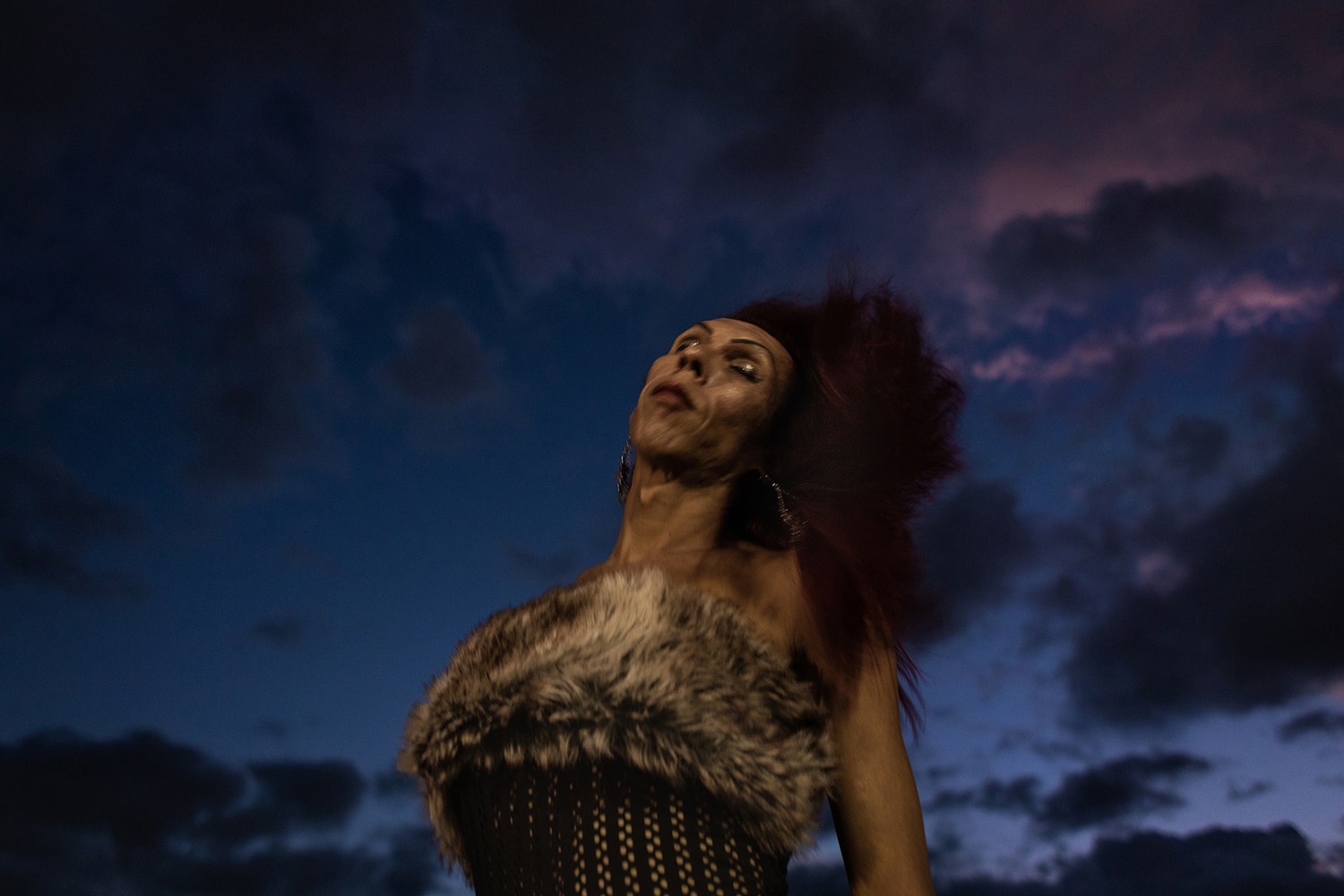
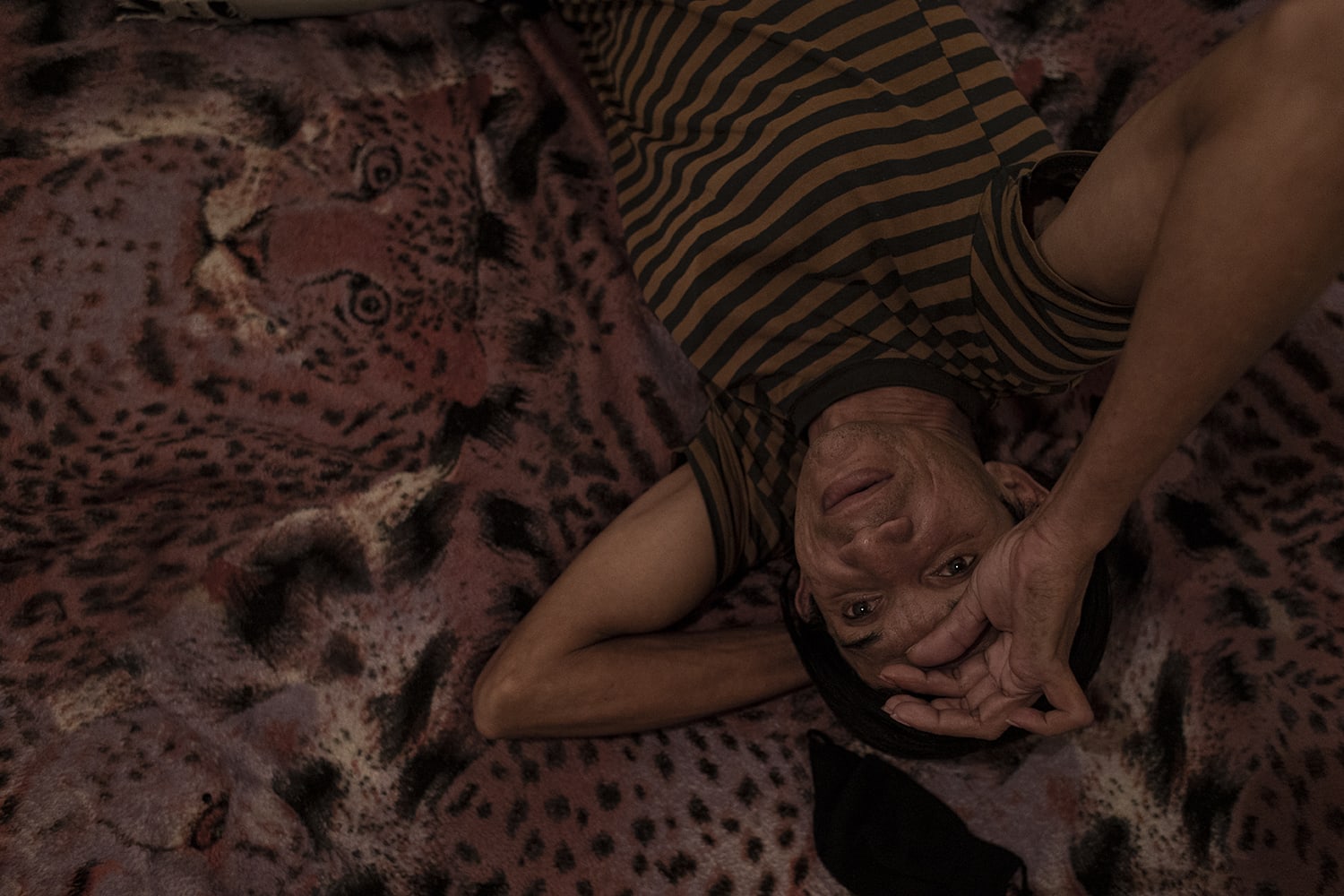
Yo siempre supe que la fotografía puede tener esa capacidad de hacer eco de algunas historias, de lograr que alcancen otras atmósferas y así se pueda hacer justamente lo que estamos haciendo ahora: discutiendo estas preguntas, pensando en cómo y cuáles son las mejores maneras de lidiar con eso, de hablar de esto y de ponerlo sobre la mesa. Todo el arte tiene ese poder.
No voy a decir que me siento 100% satisfecha con eso, porque los cambios son muy lentos y cuando se trabaja tan cerca de algunas situaciones y personas esa lentitud de la transformación trae mucha impotencia. Cada vez que recibo una de esas historias de violencia tan cotidianas, eso se hace más evidente. Y yo me pregunto, ¿qué estoy haciendo? ¿para qué sirve esto? Mantengo mucho entre esos dos extremos.
